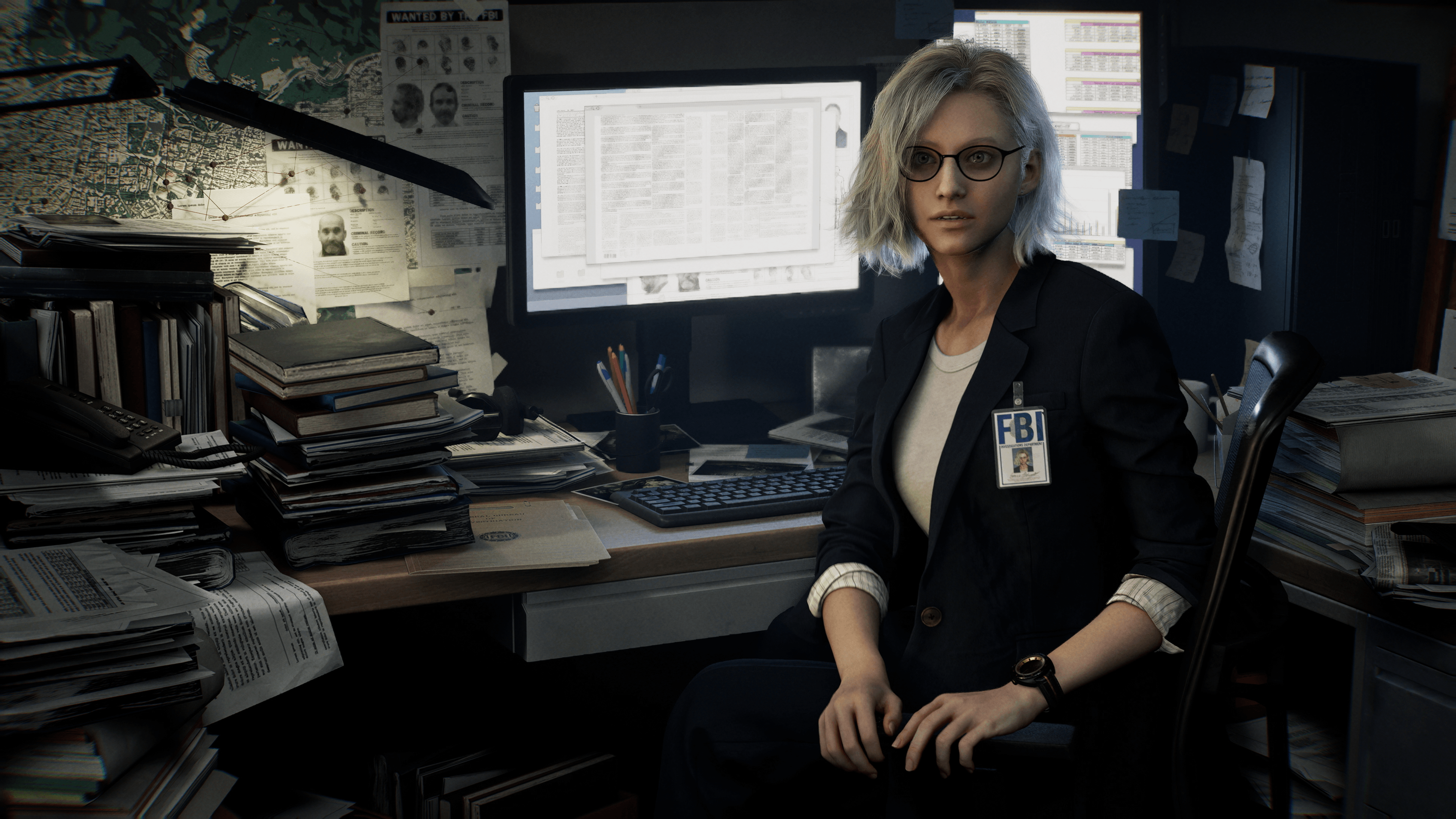When you first heard the announcement of Resident Evil Requiem, were the hairs on your arm suddenly standing up on end a sign of excitement, fear… or a little bit of both? Either way, there’s no denying that a new entry to this classic survival horror series always gets the blood pumping. Producer Masato Kumazawa got us a little more under the flesh of what we can expect when we head back to the broken and bleeding shell of Raccoon City…

PlayStation Blog: What does “Requiem” infer about the game’s story?
Masato Kumazawa: There are many layers to the title: a requiem for the protagonist, – Grace Ashcroft, – grappling with the loss of her mother eight years ago, and a requiem for all of the people who were caught up in the Raccoon City incident, to name but just a few examples. But once you complete the game, I believe you’ll find even more levels of meaning for the subtitle.
“When creating a story set in the ruins of Raccoon City, we felt it was fitting to have a character with a personal connection to the city itself.”
What made you want to bring back the Ashcroft family from the Resident Evil Outbreak series, and how does Grace’s inexperience factor into the player’s journey?
When creating a story set in the ruins of Raccoon City, we felt it was fitting to have a character with a personal connection to the city itself. In this title, which aims to focus on horror, we introduce Grace as a new, relatable protagonist, who is unlike previous protagonists Leon or Chris.
By making Grace someone who reflects the player’s own vulnerability, we believe players will enjoy a gameplay experience filled with tension and immersion. When walking alone down a dark hallway, her breathing becomes erratic; when an enemy suddenly appears, she jumps in fright. Grace is a character with a low tolerance for fear, but she grows throughout the story and eventually begins to confront various horrors with courage.
By the time players finish the game, we’re confident everyone will have come to love her!

“With Resident Evil Requiem we wanted to return to a story that continues the overarching narrative rooted in Raccoon City and the secret machinations of the Umbrella Corporation”
We clearly see the ruins of Raccoon City and Raccoon City Police Department in the reveal trailer. Why return to this iconic setting?
In recent mainline titles like Resident Evil 7 and Resident Evil Village, the series has explored the broader world of the Resident Evil universe by focusing on incidents involving the Winters family.
With Resident Evil Requiem, however, we wanted to return to a story that continues the overarching narrative rooted in Raccoon City and the secret machinations of the Umbrella Corporation. As the series celebrates its 30th anniversary, we believe Raccoon City is the most fitting setting.
Was Village’s post-launch third-person perspective DLC a test for allowing both first and third-person perspectives? Why was that an important option to give to players?
The third-person mode added to Resident Evil Village was created simply in response to fan requests and was not intended as a prototype. Our analysis of recent gameplay trends in the series revealed that many players tend to engage with either first-person or third-person titles exclusively.
With that in mind, we’ve included both perspectives in RE9, driven by the desire for all Resident Evil fans to enjoy the latest installment.



What are the challenges in developing the game to be played so smoothly in both first and third-person at any time?
In modern 3D-rendered games some may think that changing the perspective is a simple task. However, in the survival horror genre, where delicate adjustments are made to evoke fear in the player, there are significant differences between first-person and third-person perspectives. These differences affect not only character models and animations, but also fine-tuned balance, UI, sound design, and more.
It’s essentially like developing two separate games in parallel.
“Fear is something players tend to grow accustomed to over time, but with this title we’ve been more conscious than ever about maintaining a sense of tension throughout the experience.”
What would you say are the philosophy and themes of Resident Evil RequiemRE9 in comparison to previous games?
The concept of the game is “‘addictive fear”’ – the sense of experiencing something terrifying, but you can’t help wanting to know what happens next; you’re compelled to keep going.
Fear is something players tend to grow accustomed to over time, but with this title we’ve been more conscious than ever about maintaining a sense of tension throughout the experience.
The reason behind this concept is that recent entries in the series, such as Resident Evil Village and Resident Evil 4, while still horror titles, leaned heavily into action. With the latest installment we wanted to return to a game that puts a strong focus on horror.
Are there any notable graphical improvements you’d pinpoint in the trailer that really highlight improvements through increased familiarity with the RE Engine?
The RE Engine, which has powered many titles, continues to evolve. In the trailer you’ll notice many details expressed through the visuals, such as sweat trickling down Grace’s skin, the delicate texture of her hair, and the subtle trembling of her lips, showing her anxiety and tension.


0 Comments: